Optimal Sanders for Refinishing Hardwood Floors
- December 4, 2023
- 0 comment
Embarking on the journey of hardwood floor refinishing, I swiftly recognized the paramount importance of selecting the appropriate tools to attain a flawless finish. Amidst the array of equipment essential for this task, the selection of sanders emerges as a decisive factor that significantly influences the ultimate outcome. Within the confines of this review, I aim to intricately explore the realm of sanders, drawing upon my firsthand experiences to provide comprehensive insights. My goal is to empower you with the knowledge needed to make judicious decisions when undertaking the intricate process of refinishing hardwood floors.
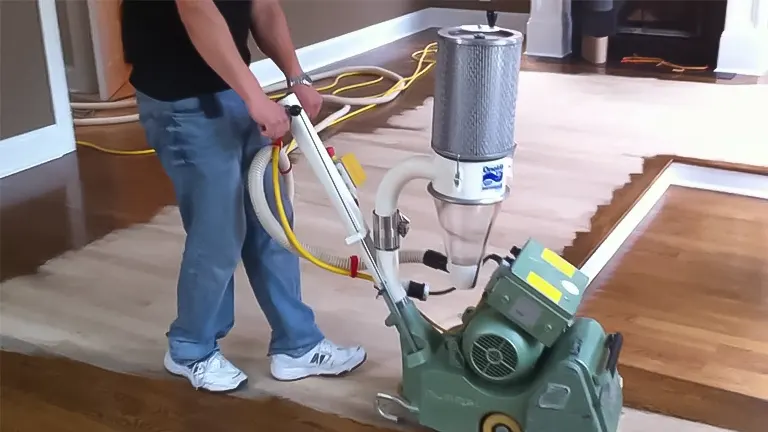
If you possess a sturdy solid hardwood floor, it’s likely that, at some juncture, you’ll find the need to engage in the refinishing process. In addition to staining and top-coating, sanding stands out as a pivotal element in restoring the floor’s luster.
Floor sanders, specialized tools exclusively crafted for flooring purposes, may not be commonplace in the average homeowner’s workshop. However, there’s no imperative need to invest in these relatively costly devices. The majority of sanders can be conveniently rented from local tool rental yards or select home centers equipped with rental sections.
Drum Floor Sander Unveiled
A Drum Floor Sander, a formidable tool in the arsenal of floor refinishing, stands out as a large and weighty belt sander, requiring the user to operate it in a standing position.
This robust apparatus comprises several integral components, including the sander body itself, a capacious dust bag for efficient debris collection, and a drum onto which sizable belts of sanding paper are affixed.
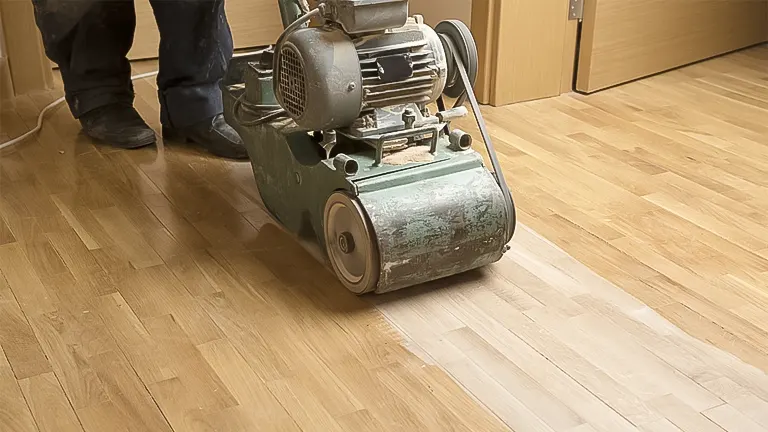
The primary function of the drum sander is to effectively eliminate imperfections such as bad spots, high spots, stubborn stains, lingering paint drips, and even deeply embedded blemishes from your floor’s surface. If the objective is to strip your wood floor down to its bare essence, the drum floor sander emerges as the ideal tool for this purpose. However, caution is warranted during operation, as improper use can inadvertently carve unsightly and permanent grooves into the wood, necessitating a delicate balance between efficiency and precision.
Acquire the sanding paper from the tool rental yard, as this specific type may not be readily available at your local hardware store. The staff at the rental yard might suggest obtaining at least three grades of sandpaper: coarse, medium, and fine. It’s advisable to procure a surplus of sanding paper, considering that many rental yards may refund unused paper. However, it’s prudent to verify this policy in advance.
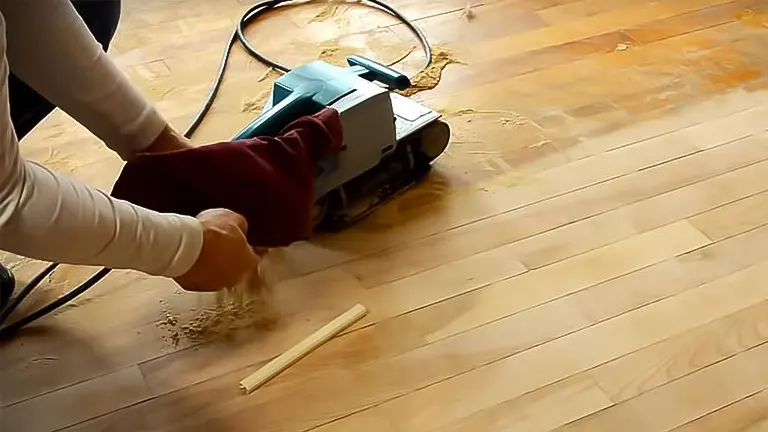
The drum sander takes center stage as the powerhouse in the realm of hardwood floor sanding. This substantial piece of equipment boasts considerable weight, making it too cumbersome for most individuals to lift alone; a collaborative effort involving two people is typically required for its transportation.
| Positive Aspects | Opportunities for Enhancement |
|---|---|
| – Strongest floor sander available | – Difficult to move due to its weight |
| – Can remove deeply embedded paint, stains | – Potential of sanding too deeply into the wood |
| – Sanding belts can be hard to change |
Orbital Vibrating Floor Sander
Similar to the drum sander, an orbital vibrating floor sander is operated in a standing position. However, the key distinction lies in the fact that the sanding head and sandpaper do not rotate; instead, they execute a vibrating motion in tight circles.
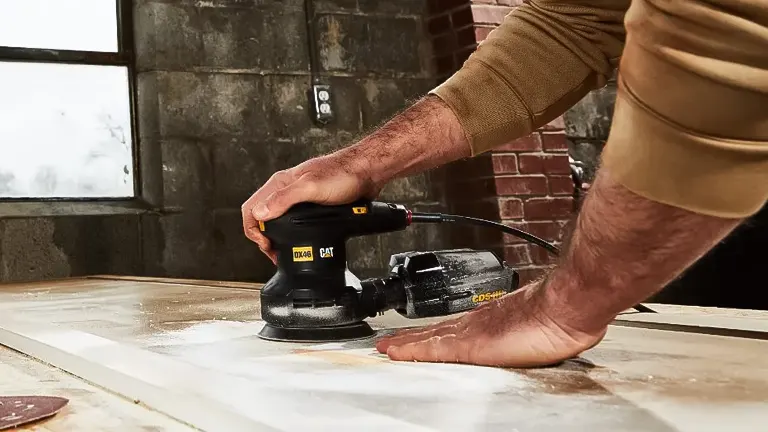
Typically employed after using the drum sander, the orbital vibrating sander serves the purpose of smoothing out the wood surface. This versatile sander is suitable for various flooring types, including solid hardwood, parquet, engineered wood, and even cork and wood composition flooring. Its efficiency lies in its ability to refine your wood flooring to achieve an exceptionally smooth finish.
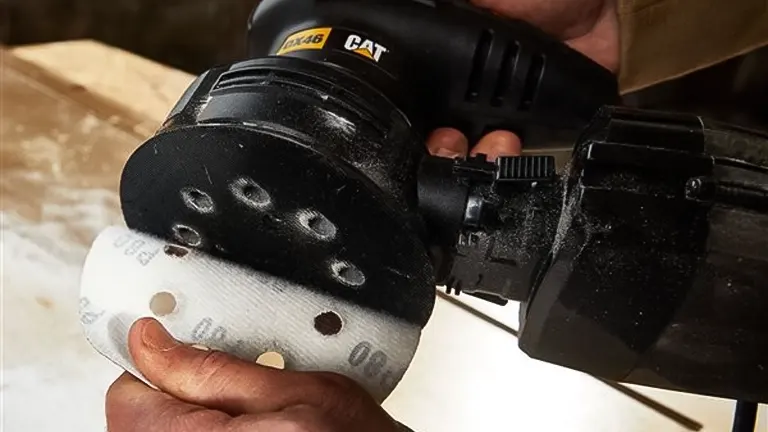
Comparatively similar in size to the drum sander and equipped with a dust bag, the orbital vibrating sander presents a more user-friendly alternative. It is lighter and more maneuverable than its drum counterpart, minimizing the risk of causing damage to the wood surface. Using an orbital vibrating floor sander ensures a smoother and safer approach to achieving the desired finish.
| Positive Aspects | Opportunities for Enhancement |
|---|---|
| – Easy to carry and move | – Will not sand down deep scratches or stains |
| – Versatile |
Edge Floor Sander
An edge floor sander is a small, specialized sander that is specifically designed to reach those hard-to-reach areas that larger sanders, such as drum sanders and orbital sanders, cannot reach. It’s a handheld tool that typically has a dust bag to collect debris.
Edge floor sanders are available for rent and are significantly more powerful than handheld orbital sanders that many homeowners may already own. Because edge floor sanders are relatively inexpensive to rent, it is a worthwhile investment for anyone refinishing their hardwood floors.
Here are Some of the Benefits of Using an Edge Floor Sander:
- Reaches hard-to-reach areas: As mentioned before, edge floor sanders are specifically designed to reach those tight spaces that larger sanders cannot reach. This includes areas along baseboards, under stairways, and around corners.
- Powerful: Edge floor sanders are more powerful than handheld orbital sanders, so they can remove material more quickly and efficiently. This can save you time and effort when refinishing your hardwood floors.
- Easy to use: Edge floor sanders are relatively easy to use, even for beginners. They are typically lightweight and have a comfortable grip.
- Affordable to rent: Edge floor sanders are relatively inexpensive to rent, making them a cost-effective option for homeowners who are refinishing their floors themselves.
Safety Guidelines for Floor Sanders
Given their higher operational capacity compared to common tools in homeowners’ workshops, it’s crucial to prioritize safety when using floor sanders. Here are some key precautions to observe:
- Due to the elevated power draw, especially with drum sanders, utilize only the recommended type of extension cord. In certain instances, extension cords might not be permissible.
- If employing an extension cord, avoid tightly looping it around a spool or reel to prevent heat build-up that could potentially melt the cord.
- Whenever changing the sandpaper or conducting maintenance on any part of the machine, always ensure the floor sander is unplugged.
- Despite having dust bags, floor sanders may not capture all dust. Implement dust barriers to safeguard other areas of your home and wear a dust mask during machine operation.
- Airborne fine dust can pose an explosion risk. Before using the floor sander, verify the absence of flames in the room or nearby. Adequate room ventilation is essential for a safe working environment.
Conclusion
In conclusion, choosing the right sander is a pivotal decision when embarking on the journey of refinishing hardwood floors. Each type of sander presents distinct advantages and considerations, and the best choice depends on individual project requirements and preferences. The Makita 9403 Belt Sander impresses with its raw power and ability to tackle demanding tasks, making it ideal for those seeking efficiency in their refinishing endeavors. Meanwhile, the DEWALT DWE6423K Random Orbit Sander stands out for its versatility and efficient dust collection, catering to a range of projects with ease. Lastly, the Bosch OS50VC Half-Sheet Orbital Finishing Sander excels in precision and vibration control, offering a refined touch to achieve a glass-smooth finish. Whether prioritizing power, versatility, or precision, the key is to align the chosen sander with the specific needs of the project, ensuring a successful and satisfying hardwood floor refinishing experience.
Frequently Asked Questions
- Can I use a drum sander on all types of hardwood floors?
Drum sanders are powerful and effective but may be aggressive, so caution is advised on softer woods. It’s crucial to adjust the sanding process based on the type and condition of the hardwood. - How often should I change the sandpaper on the floor sander?
The frequency of sandpaper changes depends on the project size and the condition of the wood. As a general guideline, it’s recommended to change the sandpaper when it becomes clogged or less effective in achieving the desired finish. - Is it necessary to wear protective gear when using a floor sander?
Yes, wearing appropriate safety gear is crucial. This includes safety glasses, hearing protection, and a dust mask. Protective gear helps safeguard against potential hazards, including dust particles and noise. - Can I rent these sanders for a DIY project, or should I hire a professional?
Renting sanders for a DIY project is common and cost-effective. However, for extensive or intricate refinishing projects, especially for beginners, seeking professional assistance may ensure a smoother and more polished result. - How can I minimize the dust created during the sanding process?
While sanders come equipped with dust bags, they may not capture all dust. Using additional dust barriers in the work area, such as plastic sheeting, and ensuring proper ventilation can help minimize dust and maintain a cleaner environment.
We value your input! Feel free to share your firsthand experiences and opinions regarding the Sanders you’ve used for refinishing hardwood floors in the comments below. Your insights can be immensely beneficial for others looking to make informed decisions on their hardwood floor refinishing projects!

Edward Smith
Forestry AuthorWoodworking is about more than crafting; it's a harmonious connection with nature, mastering tools, and preserving our environment. I'm here to share my knowledge and experiences with you, forging a future where we can embrace wood's beauty and utility while safeguarding our forests' health and diversity.

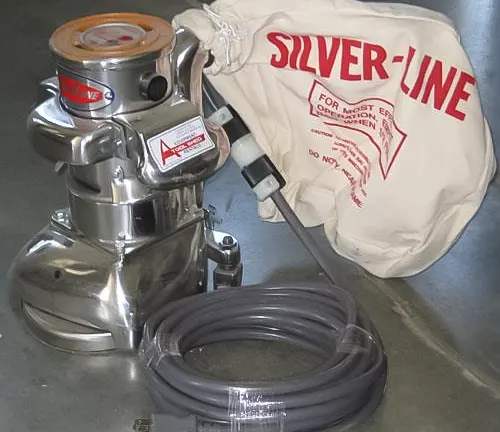
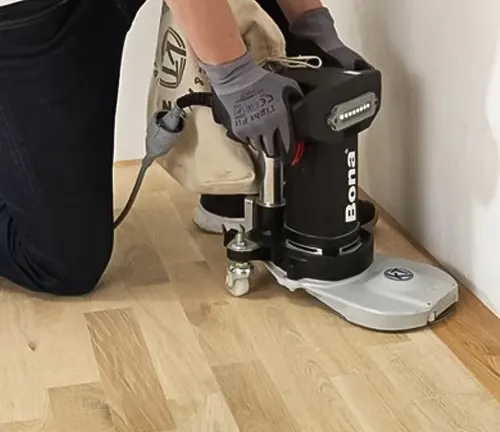

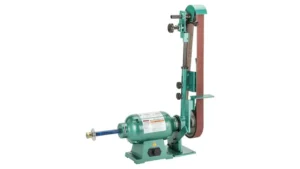



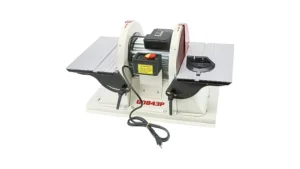

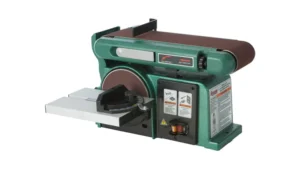
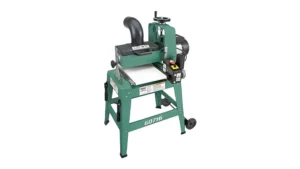
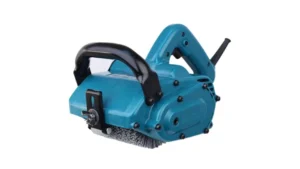
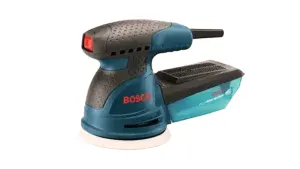

Leave your comment